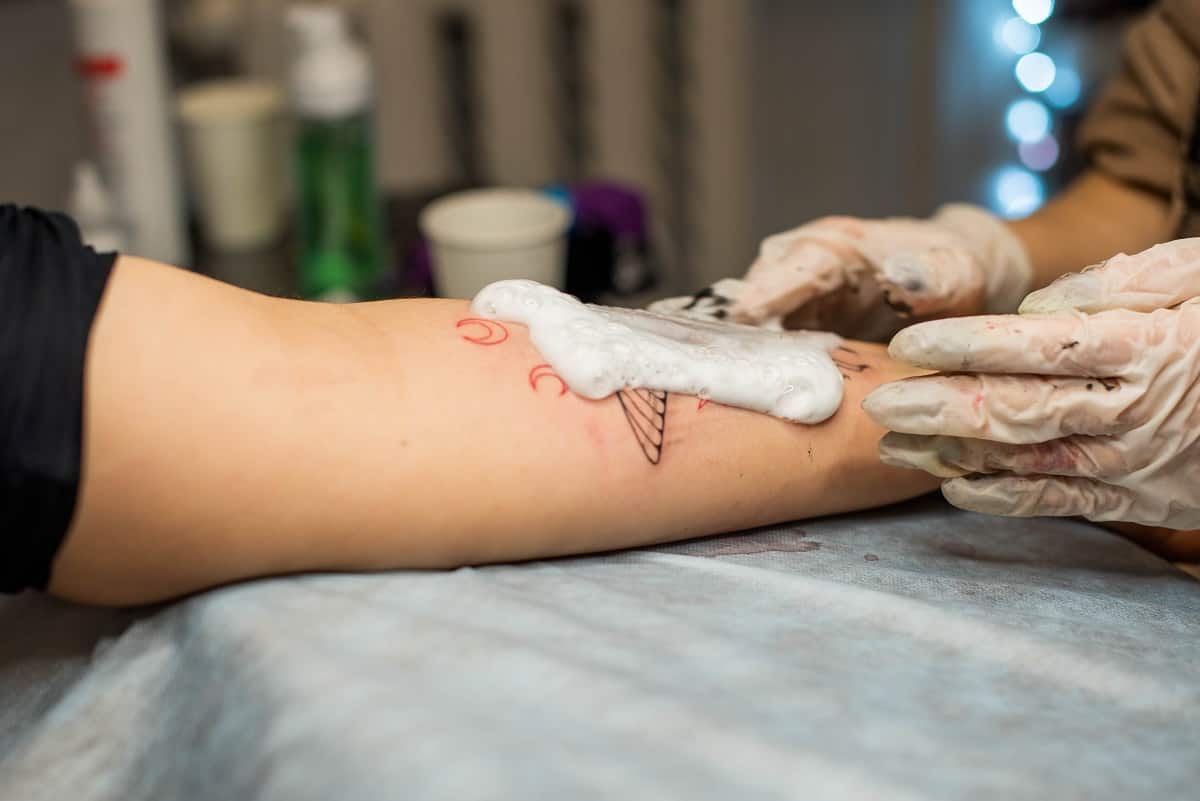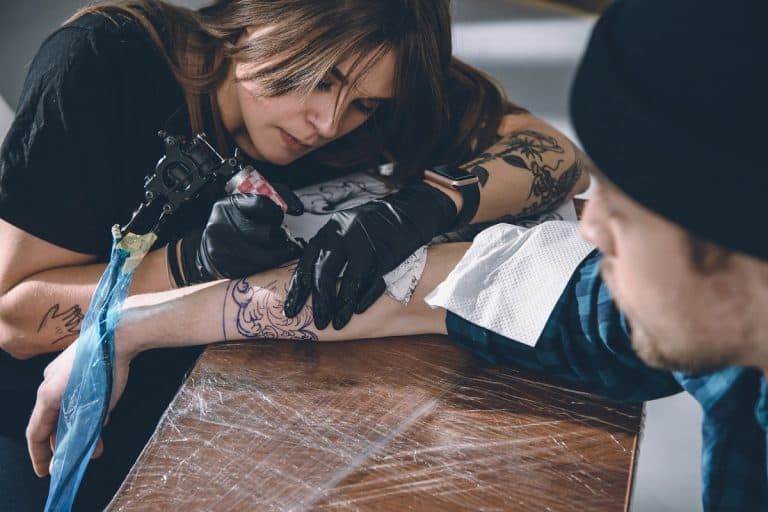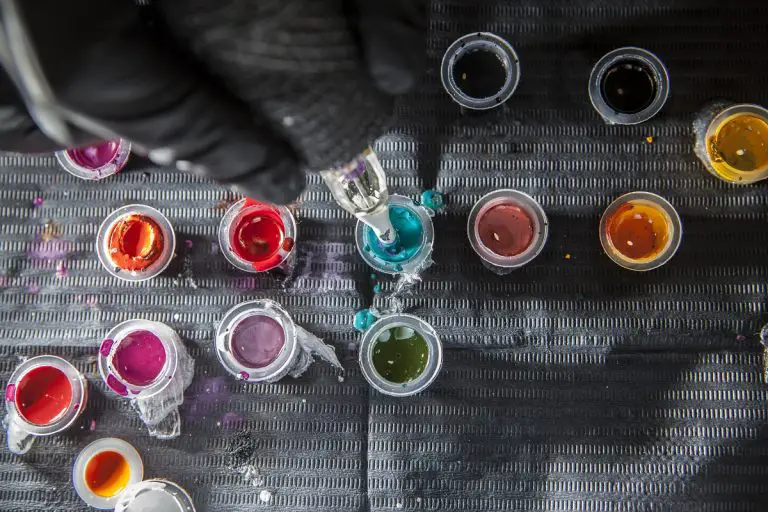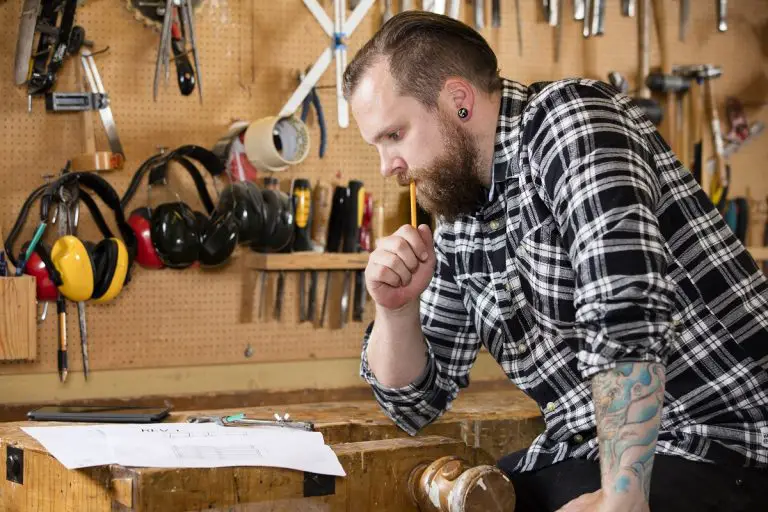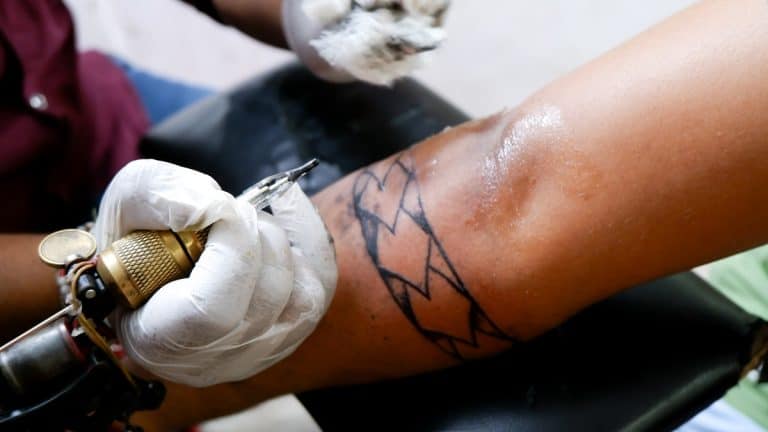Tattoo Bruising: Is It Normal And How to Deal With?
Getting a tattoo is a super exciting event; after all, you’re getting permanent body art meant to last you a lifetime. However, what many seem to put aside or ignore when talking about tattoos are all the potentially negative experiences people encounter during or after getting a tattoo. There’s so much to unpack when it comes to taking care of tattoos and dealing with adverse effects, and for that, one needs proper information, advice, and help so that the conclusion to such an exciting new thing can stay so in the future.
What we want to talk about today is something called tattoo bruising. Now, this isn’t one of those tattoo-related things that are common. However, to say that it is normal if you’re experiencing tattoo bruising wouldn’t be a lie. Chances are that you’re experiencing bruising around your tattoo if you’re reading this.
Therefore, we want to reassure you that it is normal and nothing to worry about. Let’s learn more about why this happens so you can feel better about the situation. So, without further ado, let’s explore tattoo bruising, what causes it, and how you can deal with it!
Tattoo Bruising: Is It Normal For My New Tattoo To Be Bruised?
Before we get into tattoo bruising, it is essential to understand the effects of tattooing in regard to your skin and body. Tattooing is done using sharp tattoo needles which, thanks to the tattoo gun, puncture your skin thousands of times per minute. Depending on the tattoo and where it is placed, the tattoo process creates a trauma on the skin, or to be more specific, an open wound.
The tattooing process initially can get messy, with all the bleeding and oozing, especially in the first few days. In the immediate tattoo aftermath, the body is dealing with the ink, trying to get it out of the system since it is a foreign object, and also, trying to heal the wound and minimize the potential of infections and inflammation. All of this leaves a significant impact on your body and can leave some unwanted results, like bruises around the tattoo.
Now, the fact that some people experience tattoo bruising isn’t unusual. After all, each time your skin is poked with the tattoo needle, your skin takes in the puncture impact, and it starts bleeding. Now, the bleeding eventually stops thanks to blood clotting, but the initial puncture and trauma impact remains. As a result, people experience pain and discomfort in the area in the first few days. Some people surely experience bruising as well.
But, why exactly do some people experience tattoo bruising?
Well, once the tattoo stops bleeding, the skin will start to close up. This generally ends up looking like dried blood and scabbing. Underneath, the tattooed skin is commencing the healing process and skin regeneration. However, just because the tattoo isn’t bleeding outwards anymore doesn’t mean it stopped bleeding completely; blood continues to leak and appear below the surface of the skin where little pools of blood form. The greater the blood volume, the greater the pools, and as a result, the blood is being absorbed back into the body. After a few days, the blood that is being absorbed back into the body becomes visible in the form of bruising.
Bruises that appear around a tattoo generally have the same appearance as regular bruises. They vary in color, and as time goes by, they change color between yellow, brown, blue, or even black.
Reasons Why Some People Have Tattoo Bruises
Certain factors can definitely contribute to tattoo bruising, despite it being a rather rare occurrence. We’ll now go through all the potential causes of tattoo bruising, but the above-mentioned explanation regarding blood being absorbed back into the body is one of the main causes of tattoo bruising. Nevertheless, some factors can contribute to blood absorption, and therefore increase the chance of bruising, so let’s go through all of them;
- Tattoo location – certain body areas tend to bruise more easily. For example, bruises on thighs and legs can seemingly appear out of nowhere because lower extremities bruise easily. That is because blood pools in the legs, feet, and ankles due to gravity (blood is dispersing downwards instead of upwards).
- Thin skin areas – areas where the skin is super thin tend to bruise easily compared to thick skin areas. That is because thin skin is super delicate and has less or no cushioning (flash or fat layers).
- Medication – if you’re taking medication that can cause blood thinning, you’re more likely to experience tattoo bruising. Over-the-counter medication like Aspirin or Ibuprofen can thin blood and trigger increased bleeding during and after the tattoo process. Such medication prevents blood clotting which means there will be more blood to be reabsorbed into the body, and of course, a higher chance of bruising.
- Tattoo artist’s technique – if you’re having your tattoo done by someone who is inexperienced and lacks proper tattooing skills, you’re more likely to experience all the adverse effects of tattooing, including bruising. Inexperienced tattoo artists either put too much pressure onto the skin (push the needle too deep causing raising, swelling, and bruising), or press too intensely causing the strain to affect the blood vessels (resulting in excessive bleeding and bruising).
- You just bruise easily – it is important to acknowledge that some people, especially women, just bruise easily. For example, if you’re taking blood-thinning medication, use anti-inflammatory drugs, have a bleeding disorder, or are deficient in vitamins C and K, you’re more likely to bruise easily.
Potential Issues That Tattoo Bruising Can Indicate
Most of the time tattoo bruising is not a reason to worry. As we previously explained, tattoo bruising simply occurs after being triggered by certain factors. However, in some rare cases, tattoo bruising can actually be a symptom of a potentially bigger issue. For example;
- Tattoo infection – bruising around the tattoo can in some cases be an early sign of a tattoo infection. This especially applies if the tattoo itself is red, swollen, and painful, even a day or two after it has been done. Tattoo infections are often accompanied by other symptoms like fever, excessive scabbing, increased pain and sensitivity, pus and oozing, etc. If you’re experiencing any of these symptoms alongside bruising make sure to see a medical professional as soon as possible.
- Tattoo blowout – sometimes bruises are not what they seem; in some cases, you may experience coloring around the tattoo similar to the color changes of a bruise. However, it may not be a bruise at all, but rather a case of a tattoo blowout. This happens when inexperienced tattoo artists deposit the ink too deep into the skin (into the fat layer, below the dermis). Because the fat layer cannot store ink, it disperses and makes your tattoo look blurry and bruised.
In both cases, it is essential to talk to a medical professional as well as the actual tattoo artist. Unfortunately, a tattoo blowout cannot be fixed, but you can always talk to a professional tattoo artist and maybe consider a tattoo coverup. Regarding the tattoo infection, you need to get examined so you can get the required medication. Once the inflammation settles, you can consider a tattoo touch-up or cover-up, depending on how much has the infection messed up the tattoo design (which is not uncommon).
How Can I Deal With Tattoo Bruising?
Tattoo bruising, just like any other, will go away on its own after a few days. And, because we’re talking about bruising around, what is basically an open wound, it is important to be careful in how you treat it. Here are some tips you can utilize;
- Elevation – as we mentioned, blood pools tend to appear when the blood disperses downwards instead of upwards. So, to avoid that or reduce the bruising overall, try to elevate the part of the body where the tattoo is placed. You can use pillows to assist you, especially during sleep.
- Ice compression – now, this you can only utilize once the tattoo has stopped bleeding, oozing, and is basically drying out and closing. You can apply ice compression only on the bruises, not the tattoo itself, otherwise, you may risk infection and other healing issues. Ice helps reduce bruising and makes it go away quicker.
- Avoid alcohol and smoking – alcohol is a known blood thinner and smoking prevents healing. Avoiding both of these can help your tattoo heal normally and avoid bruising.
- Pay attention to your diet – make sure to avoid processed foods, sugar, alcohol, and smoking, and focus on vitamin C intake as well as proper water intake. A proper diet can help your body go through the initial tattoo healing stage and even speed it up.
Final Thoughts
Tattoo bruising isn’t a common occurrence, but it does happen to some people. It is generally nothing to worry about, but if the bruising is accompanied by some tattoo infection symptoms (pain, swelling, oozing, pus, fever), then make sure to see a medical professional. Other than this, you can utilize our recommendations regarding bruise treatment and go on with your regular tattoo aftercare routine. The bruising should go away anywhere between a few days or a few weeks, depending on tattoo location and tattoo size.
- Safe, non-toxic plant-based temporary tattoos made with 100% high-definition printing for a realistic look without the pain
- Easy to apply and remove - just stick for 20 seconds then take off
- Set includes 5 sheets with 17 fun, delicate designs like hearts, cats, smiles, suns, moons, and more
- Waterproof and long-lasting - stays on up to 2 weeks of wear
- Fashionable for women, men, girls and boys
- Place on arm, wrist, neck, leg, finger, waist, foot and more
- Great for parties, birthdays, and showing your unique style

